Title: Crafting a Unique Tea Packaging Design
Tea, with its rich history and diverse flavors, holds a special place in many cultures worldwide. Designing packaging for tea requires a blend of creativity, cultural sensitivity, and practicality to capture the essence of the tea while appealing to consumers. Let's delve into the key elements of crafting a unique tea packaging design.
Understanding the Essence of the Tea:
Before embarking on the design journey, it's essential to understand the type of tea being packaged. Is it a delicate green tea, a robust black tea, or perhaps a fragrant herbal infusion? Each type has its unique characteristics that should be reflected in the packaging design.
For example, green teas often evoke images of tranquility and nature. Design elements such as soft colors, organic shapes, and imagery of lush tea gardens can enhance the packaging's appeal and convey a sense of freshness.
On the other hand, black teas might inspire a more bold and sophisticated design approach. Darker hues, elegant fonts, and perhaps accents of gold or silver can evoke a sense of luxury and indulgence.
Embracing Cultural Influences:
Tea is deeply intertwined with various cultures, each with its own rituals and traditions surrounding tea consumption. Incorporating cultural elements into the packaging design can create a sense of authenticity and resonance with consumers.

For instance, if the tea has its origins in China, elements such as traditional Chinese calligraphy, motifs inspired by Chinese art, or even the use of red and gold colors can evoke a sense of Chinese heritage.
Similarly, teas from Japan might feature minimalist designs, cherry blossom motifs, or Japanese characters to pay homage to the country's rich tea culture.
Striking a Balance Between Tradition and Innovation:
While it's important to respect the traditions associated with tea, a successful packaging design should also offer a fresh perspective and stand out on the shelves. Striking a balance between tradition and innovation is key.
One approach is to incorporate traditional elements in a contemporary way. For example, traditional Chinese patterns can be reimagined in a modern, minimalist style, appealing to both traditionalists and those seeking something new.
Experimenting with unconventional materials or shapes can also make the packaging design memorable. Consider ecofriendly options such as recycled paper or bamboo for a sustainable twist that aligns with modern consumers' values.
Ensuring Practicality and Functionality:
In the pursuit of creativity, it's important not to overlook the practical aspects of packaging design. The packaging should not only look good but also be functional and convenient for consumers.
Ensure that the packaging preserves the tea's freshness and flavor, perhaps by incorporating airtight seals or resealable pouches. Clear labeling with information about the tea's origin, flavor profile, and brewing instructions is essential for guiding consumers and building trust.
Additionally, consider the retail environment where the tea will be sold. Will the packaging stand out on crowded shelves? Is it easy to stack and display? These practical considerations can significantly impact the success of the design.
Conclusion:
Designing packaging for tea is a delightful fusion of artistry, cultural appreciation, and practicality. By understanding the essence of the tea, embracing cultural influences, balancing tradition with innovation, and ensuring practicality, you can craft a unique and compelling tea packaging design that resonates with consumers and sets your brand apart. Cheers to creativity in every cup!
版权声明
本文仅代表作者观点,不代表百度立场。
本文系作者授权百度百家发表,未经许可,不得转载。




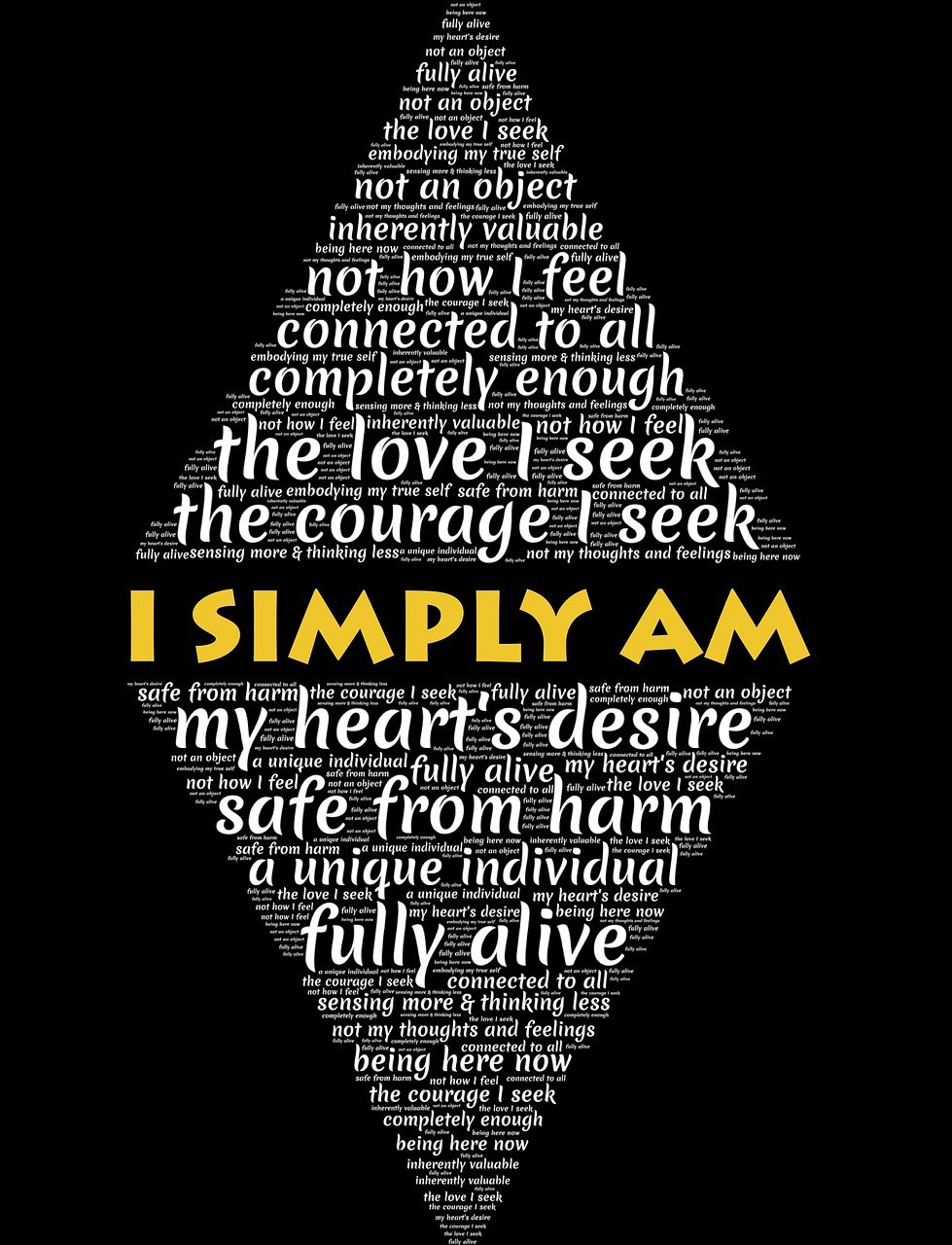

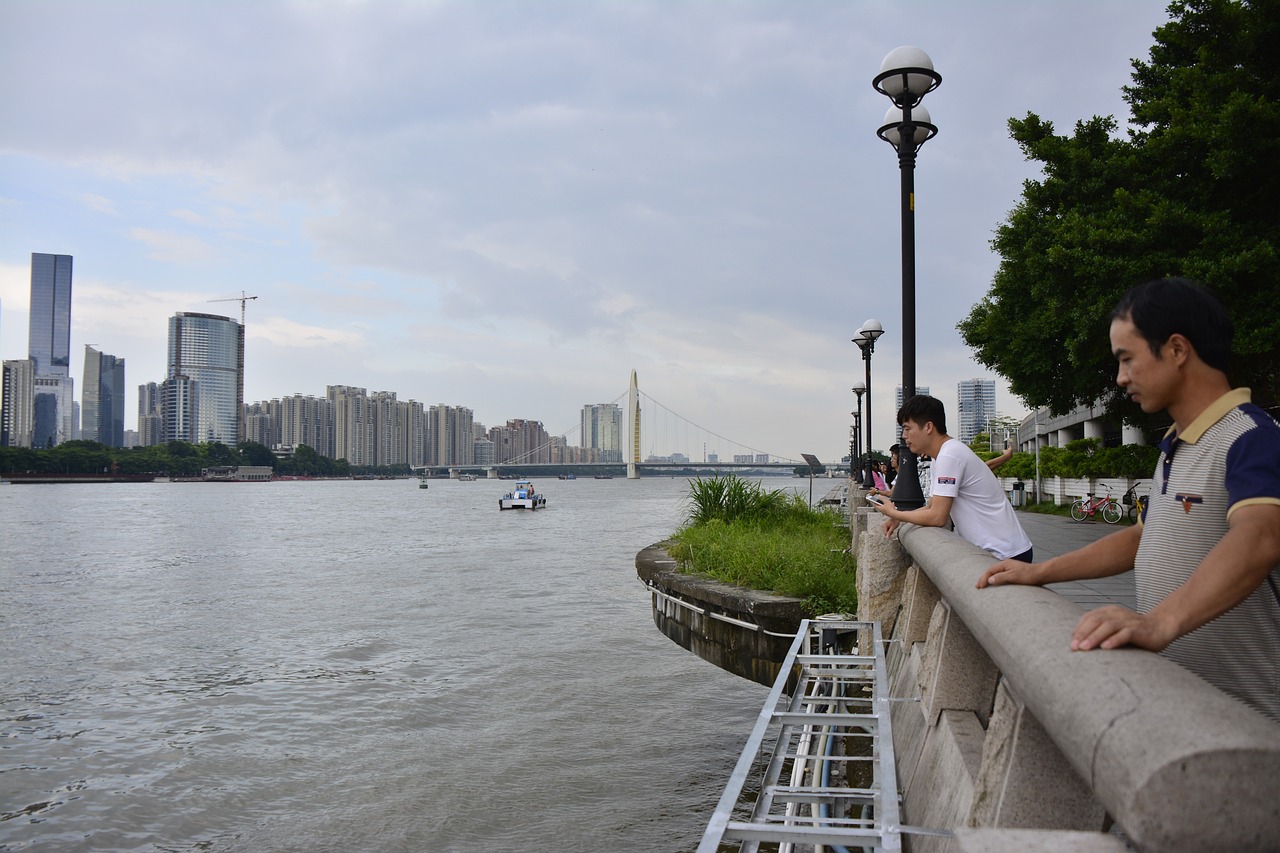
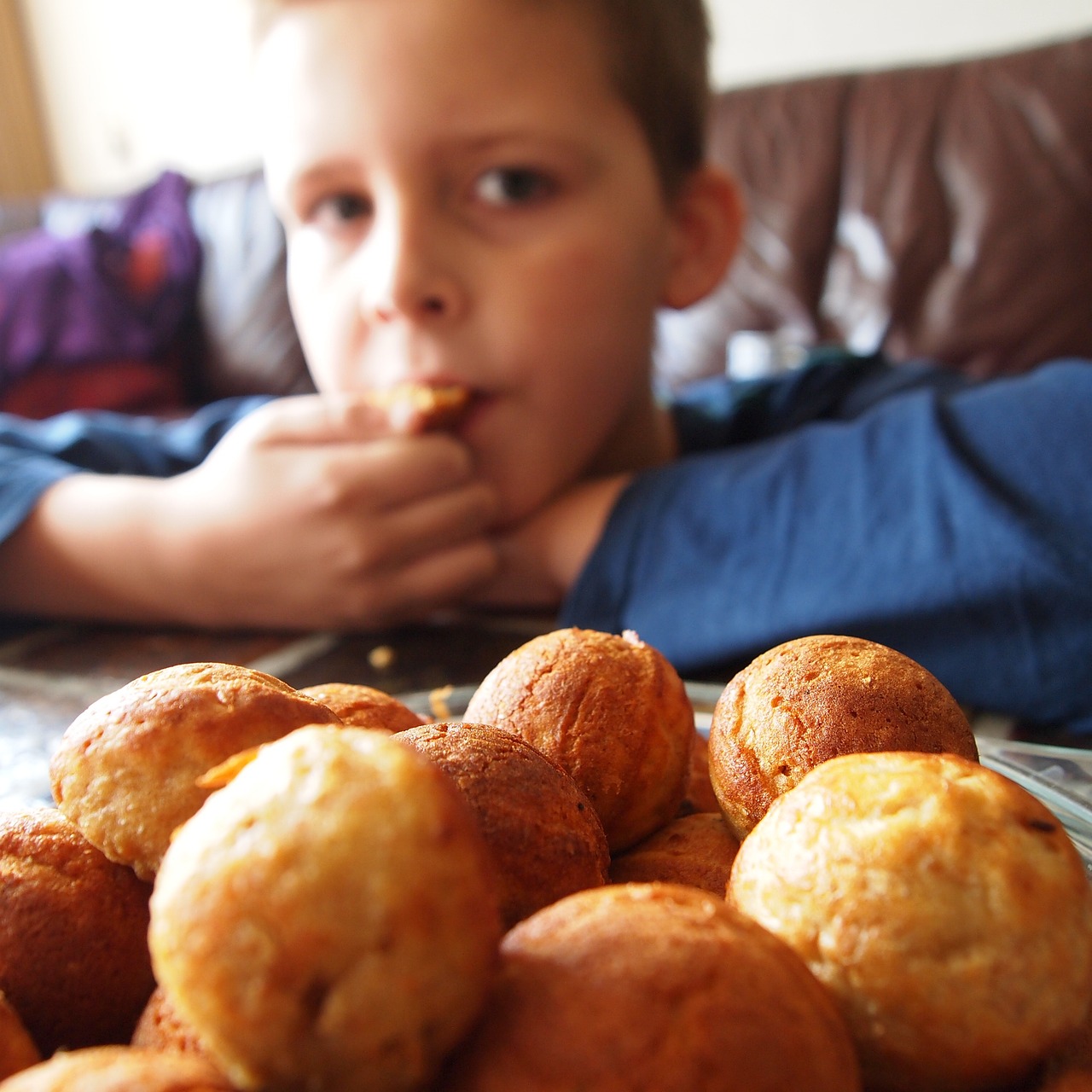

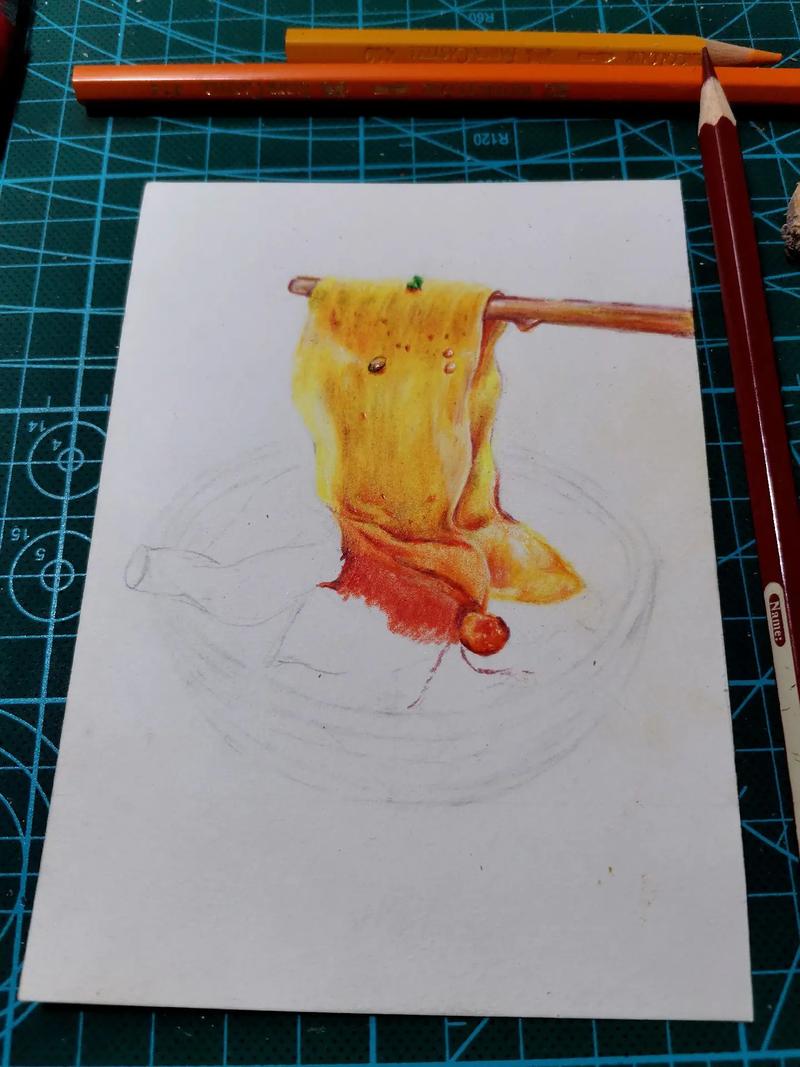
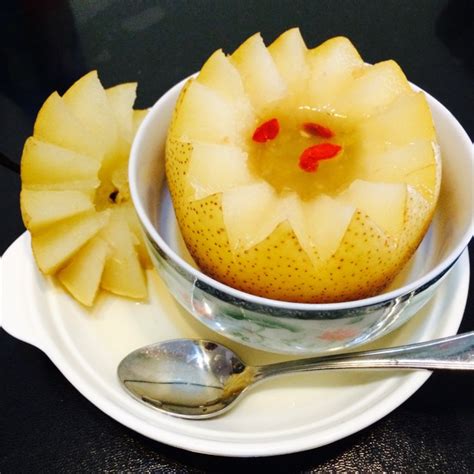

评论